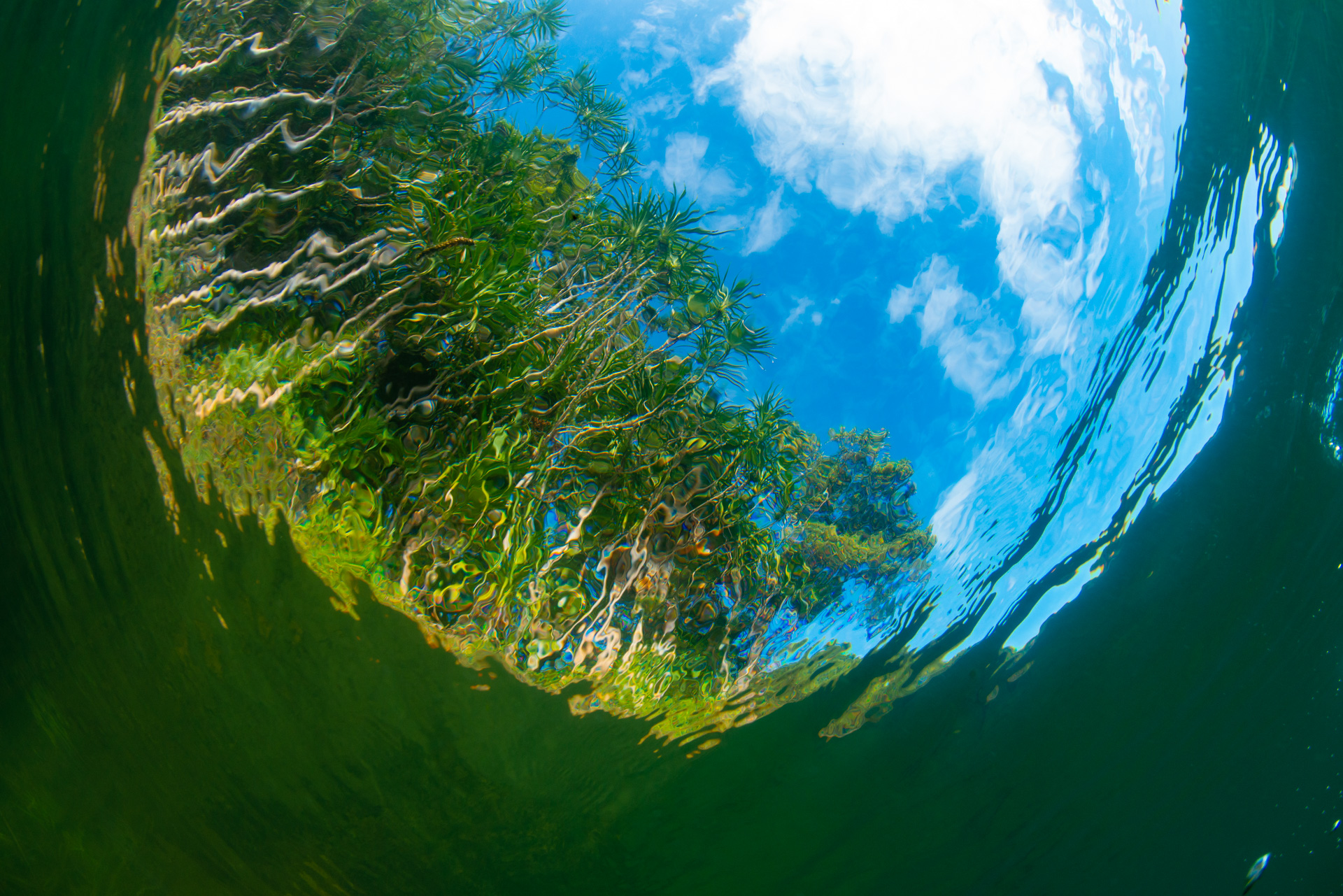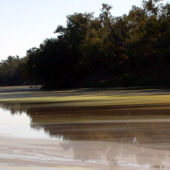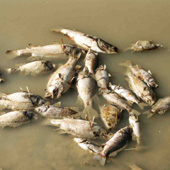|
|
Temperature (water)Water temperature influences the ecology of a wetland in multiple ways. Cooler temperatures reduce growth rates and lower primary and secondary production. As water temperature rises, dissolved oxygen diffuses out of the water into the atmosphere leaving less oxygen available for aquatic organisms to breathe[5]. The sea absorbs heat from the atmosphere which can influence atmospheric events and climate patterns. Quick facts
Water temperature directly affects fish growth, behaviour, community structure and survival. Temperature controls the metabolic rate, influences growth and the allocation of resources for reproduction and affects patterns of microhabitat use[3]. Increased temperatures can alter the tolerance of fish to stressors such as low dissolved oxygen. Additionally, fish species adapted to cool water high in dissolved oxygen cannot tolerate warm conditions[1] where dissolved oxygen is markedly lower. A seasonal change in water temperature is a cue for migration and spawning in some fish species. For example, yellowbelly (Macquaria ambigua) requires a rise in water level in conjunction with a rise in temperature above 23 °C as a spawning trigger[2]. Reproduction in some fish may be associated with warmer temperatures to ensure higher food availability for their larvae and juveniles. Larval and juvenile food sources are more abundant during these times, as high production is associated with higher temperatures. Recruitment occurring in cooler periods would result in larvae and juveniles entering the system with little or no food to sustain them. Diversity of temperature conditions may result in higher species richness as the thermal requirements of more species may be met. Pusey and Arthington (2003) suggest that increased rates of transfer of thermal energy between the atmosphere and stream in the absence of an intact riparian zone may disrupt reproduction of fish and have direct effects on mortality rates, body morphology and disease resistance. Riparian and emergent vegetation influences water temperature through shading, reducing the amount of light and heat that reaches the water. Reduced cover of riparian and emergent vegetation can result in increased average summer water temperatures, decreased winter water temperatures, and an increase in the extent and rate of change of dielfluctuations of water temperature. Water temperature is also affected by turbidity, and the temperature at different water depths is determined by the amount of mixing of water layers (e.g. top of the water and the lower depths)[6]. Temperature changes of as little as one degree over several weeks can cause coral in marine ecosystems to expel colourful microscopic algae (zooxanthellae) - a process called coral bleaching. Temperature can also influence the distribution of organisms which have adapted to certain thermal tolerances[4]. Temperature affects many nutrient cycling reactions (such as nitrification and denitrification) and other cycling processes such as decomposition. Temperature also plays a significant role in waterbody stratification, by contributing to the density of water. Additional InformationReferences
Last updated: 10 May 2023 This page should be cited as: Department of Environment, Science and Innovation, Queensland (2023) Temperature (water), WetlandInfo website, accessed 18 March 2024. Available at: https://wetlandinfo.des.qld.gov.au/wetlands/ecology/components/water-physical/temperature/ |

 — Department of Environment, Science and Innovation
— Department of Environment, Science and Innovation




